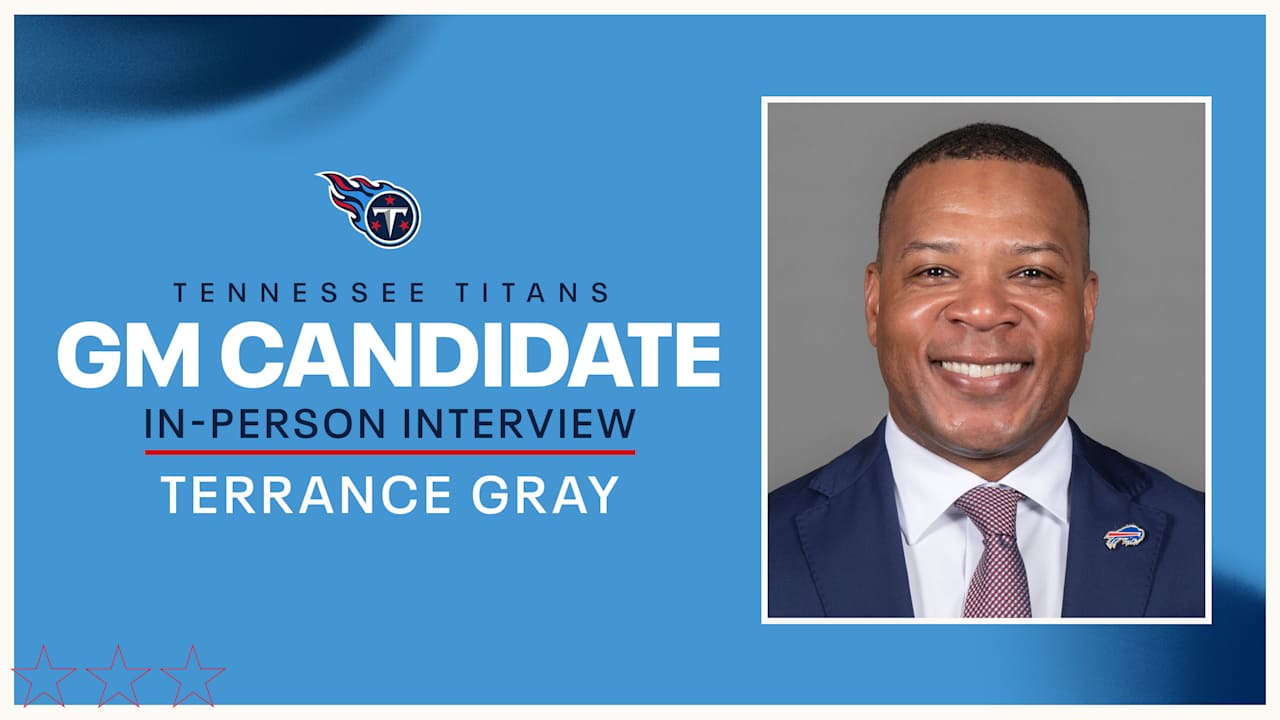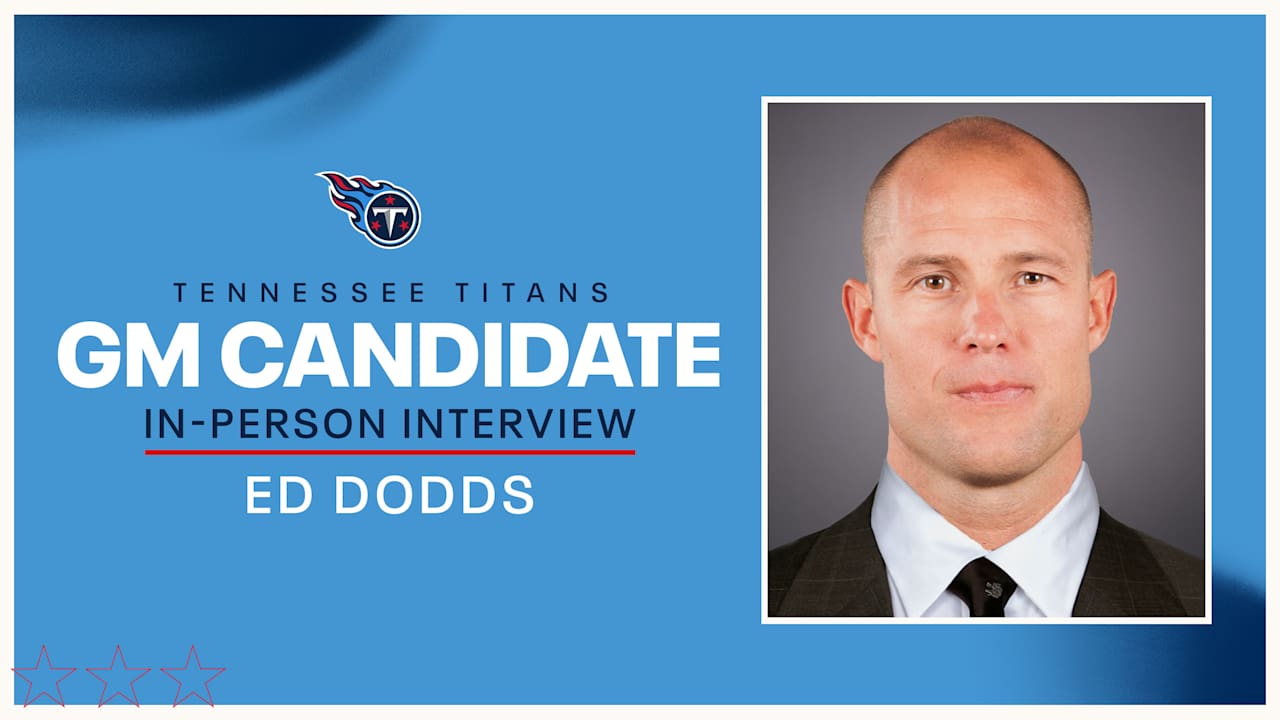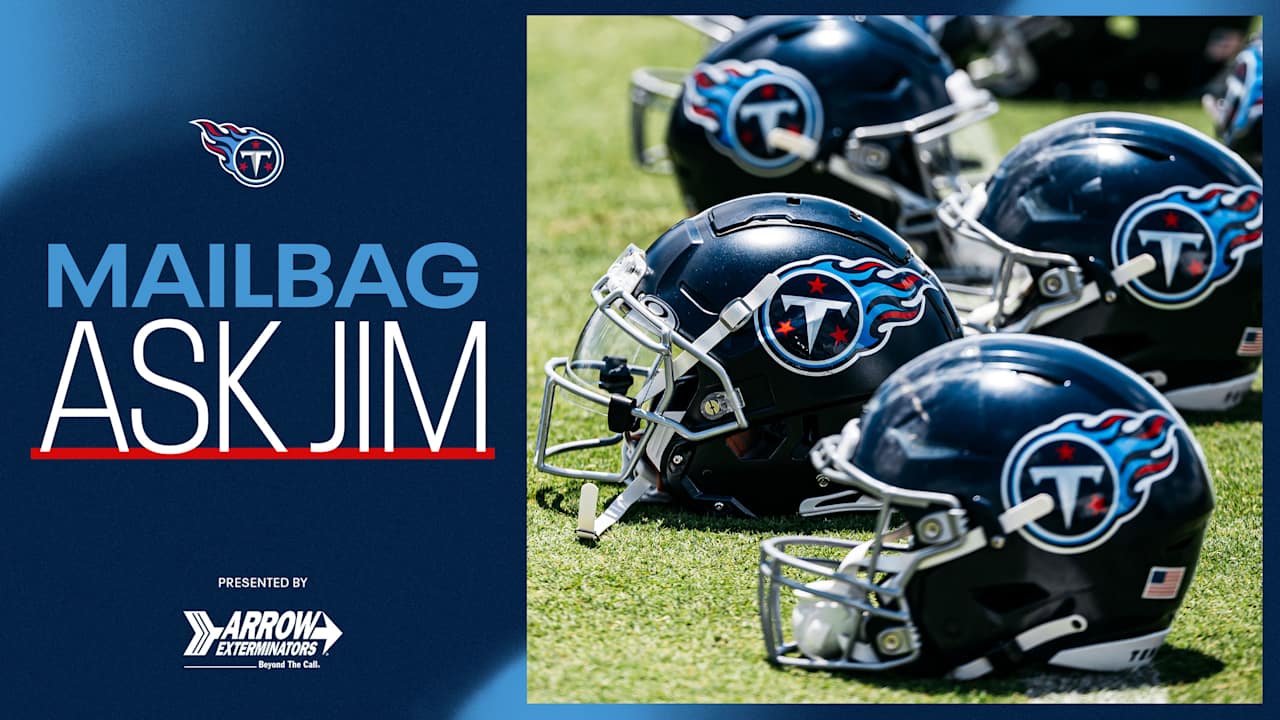Last week, the Copyright Royalty Board publicly issued a new order in the proceedings of Phonorecords III, which dictates how mechanical streaming royalties are paid out to songwriters and publishers in the U.S. for the period of 2018-2022.
According to this new document, the judges affirmed a Total Content Cost (TCC) rate, or the percentage of label revenue, that ranges between 20.65% and 22%, as streaming services requested.
To calculate how much publishers and songwriters should be remunerated, the CRB imposes a multi-pronged formula, which includes this newly decided TCC rate, to determine what streaming services will pay for music.
First, the services look at the headline rate — the percentage of a streaming services’ revenue. Back in 2018, the headline rate was set by the court as one that moved upwards from 10.5% up to 15.1% by the end of the five year term, but then the following year, Spotify, Amazon, Google and Pandora fought against the ruling with an appeal. Subsequently, most services reverted back to using the 10.5% rate.
The dispute over the headline rate dragged until July 2022, when it settled on a rate that ascended each year up to 15.1% by 2022 once again. Cementing this was widely considered to be a win for the music publishing business. (The rate escalates from 11.4% in 2018 by either one full percentage point or nine-tenths of a percentage point until winding up at 15.1% in 2022.) This step creates the first all-in music publishing pool, which contains both mechanical and performance royalties. Since most services reverted to the prior five year period rate of 10.5% of revenue, this ruling could mean digital services owe more money to publishers and songwriters.
But a second “all-in pool” is also built using a different formula, in a two-step process. The first step is building a publishing revenue bucket by taking a percentage of the amount paid to labels, called the total content cost (TCC), what a digital service pays to labels for licensing their master recordings so its subscribers can stream that music.
The TCC percentage for publishing has been a point of contention over the course of the streaming services’ appeal. Among the arguments from the streaming services in 2019, they felt that the board “acted arbitrarily and capriciously by simultaneously combining a TCC prong with an increase in the percentages of revenue prong, [or ‘headline rate’],” while also cutting out the publishing rate ceiling mechanism — previously 80 cents per subscriber step — which prevents the publishers from automatically benefiting with higher payments when their label counterparts are able to negotiate higher rates for their master recordings. Previously, whichever was lower, the per subscriber bucket or the percentage of total content became the second all-in pool.
In the July 2022 determination of the headline rate, the TCC was still unclear, but importantly, it did reinstate the ceiling mechanism which effectively puts a cap on the TCC; and now it also establishes the TCC percentage too.
While the music copyright owners involved were asking for a TCC rate of 26.2%, the streaming services wanted a range of different rates depending on the offerings, from 20.65% of TCC up to the lesser of 22% of TCC, the main TCC percentage rate is 21% of TCC against 80 cents per subscriber, the numbers employed for the main model generating most of the industry’s audio streaming revenue, the standalone portable subscription offering.
Since the all-in royalty rates are determined based on a formula that selects the greater of the two options — either the headline rate; or the lesser of the TCC bucket or 80 cents per subscriber pool — as its lodestar, it is possible that going forward the TCC rate is sometimes not employed. In the past, the headline rate option often lost out to the more publisher-friendly total content pool of label payouts, which is why publisher’s received a 13.4% rate in 2021, instead of the then employed 10.5% headline rate that most digital services reverted too after their appeal was successful and remanded back to the CRB for further deliberation.
Once the all-in pool is determined, there is still another two-step process to determine the mechanical rate. That occurs by subtracting performance royalties from the all-in pool to leave a mechanical pool, which is then measured against a per subscriber pool, and whichever pool is bigger becomes the mechanical royalty pool.
This latest decision further cements Phonorecords III as what some sources call a “mixed decision,” with some stipulations favoring the interests of the music business while others favor big tech.





